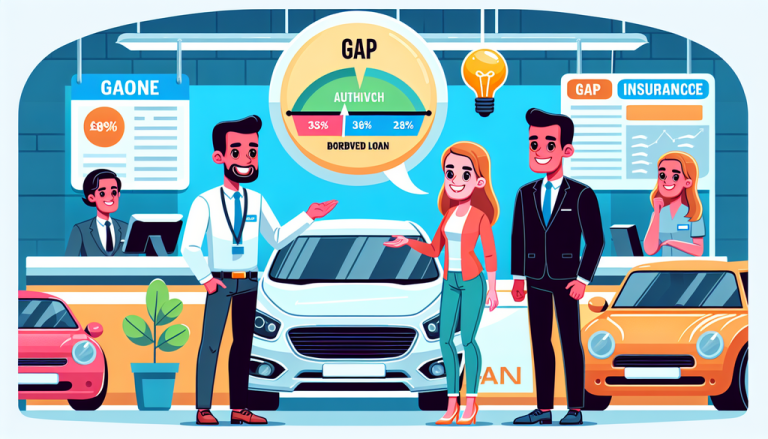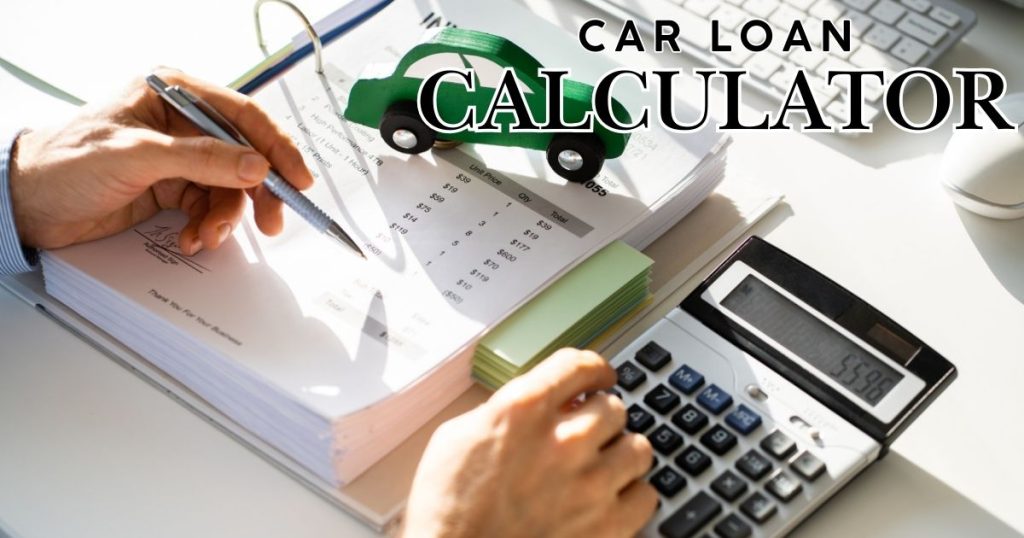Picture this: You’ve just driven your brand-new car off the dealership lot, feeling excited and proud. But what happens if that shiny vehicle gets totaled a few months later? This is where gap insurance becomes your financial superhero.
Decoding Gap Insurance: Your Financial Safety Net
Gap insurance, short for “Guaranteed Asset Protection,” is a specialized auto insurance coverage that bridges the financial gap between what you owe on your vehicle loan and the car’s actual market value in case of a total loss.
How Gap Insurance Works: A Real-World Scenario
Imagine you purchase a $35,000 car and finance it over five years. After two years, you’ve paid down approximately $10,000, but the vehicle’s value has depreciated to $25,000. If your car is stolen or destroyed, standard insurance will only cover the current market value.
| Scenario | Loan Balance | Car’s Market Value | Insurance Payout | Gap Coverage |
|---|---|---|---|---|
| Without Gap Insurance | $25,000 | $25,000 | $25,000 | $0 |
| With Gap Insurance | $25,000 | $25,000 | $25,000 | Remaining Difference Covered |
Who Should Consider Gap Insurance?
- New car buyers with minimal down payment
- Individuals leasing vehicles
- Drivers with long-term auto loans (60+ months)
- Luxury or rapidly depreciating vehicle owners
Cost and Considerations
Gap insurance typically costs between $400-$700 when purchased from a dealership, but can be significantly cheaper through your existing auto insurance provider. Annual premiums range from $20-$40, offering substantial financial protection.
Weighing the Pros and Cons
Advantages
- Protects against significant financial losses
- Provides peace of mind
- Relatively affordable
Potential Drawbacks
- Not necessary for all drivers
- Limited timeframe of coverage
- Additional expense
Making an Informed Decision
Gap insurance isn’t a one-size-fits-all solution. Carefully assess your financial situation, vehicle type, and loan terms before making a decision. Consulting with an insurance professional can help you determine if gap insurance makes sense for your specific circumstances.
Remember, protecting your automotive investment is about understanding your risks and finding smart financial strategies. Gap insurance could be the shield that prevents a potential financial setback.



